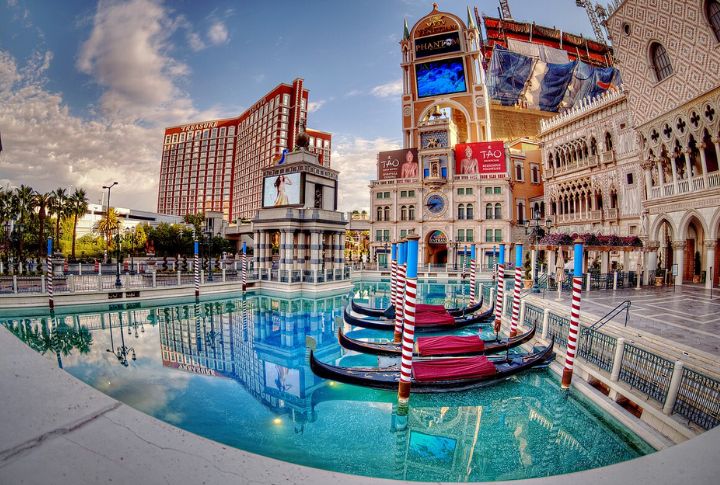
Step into The Venetian and you’ll swear you’re somehow in Italy. This beautiful Vegas spot harbors fascinating stories behind those marble columns. Its creation shaped modern Las Vegas in ways many tourists never realize. So, here are 10 facts that deserve your full attention.
No Buffets By Design
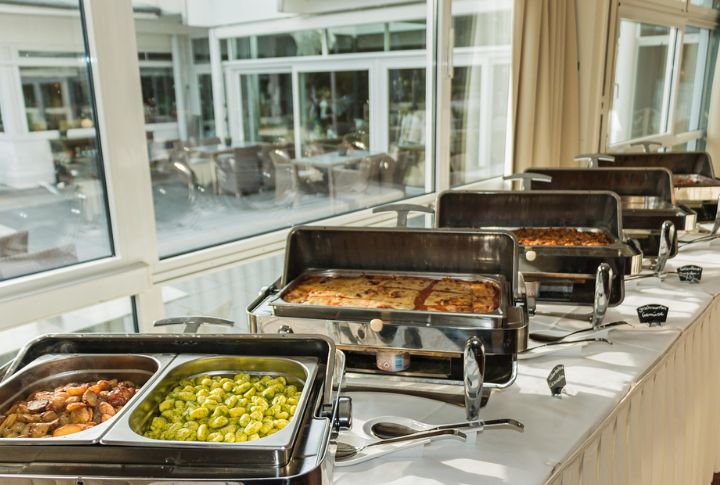
Did you know that The Venetian deliberately avoided having a buffet? Sheldon Adelson believed it would clash with the resort’s upscale image. Instead, they focused on celebrity chef partnerships like Thomas Keller’s Bouchon and Wolfgang Puck’s Cut. This high-end approach paid off.
Rat Pack Legacy
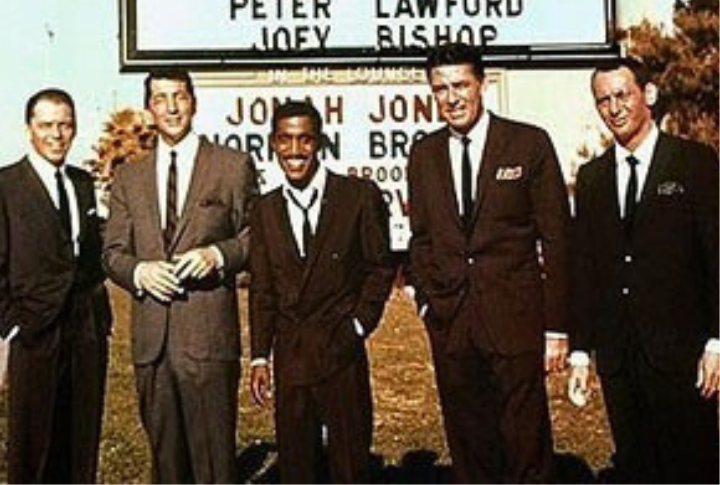
When the iconic Sands was demolished in 1996, the new resort preserved this small tribute to the legendary performers. Look for the plaque along Las Vegas Boulevard where the five sets of footprints (Frank, Dean, Sammy, Peter, and Joe) commemorate the famous photo taken in front of the old Sands marquee.
Pandemic Employee Support
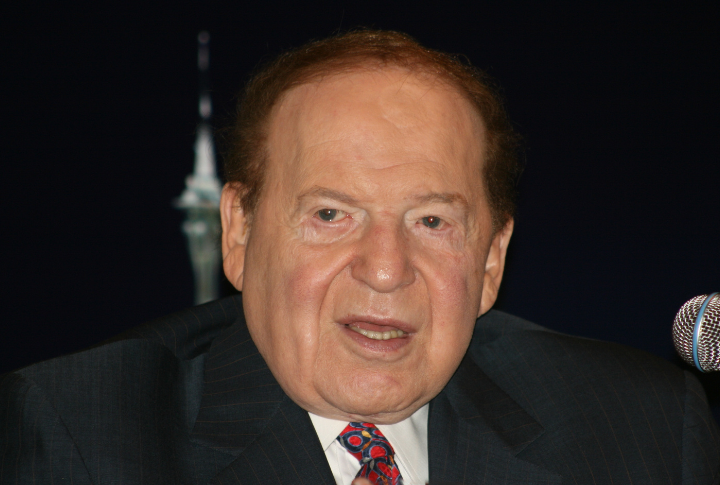
During COVID-19’s darkest days, while other Vegas resorts furloughed thousands, Adelson made an extraordinary decision. The Venetian continued paying employees with full benefits throughout the entire shutdown. This act of corporate responsibility stands in stark contrast to Adelson’s otherwise controversial reputation.
All-Suite Luxury
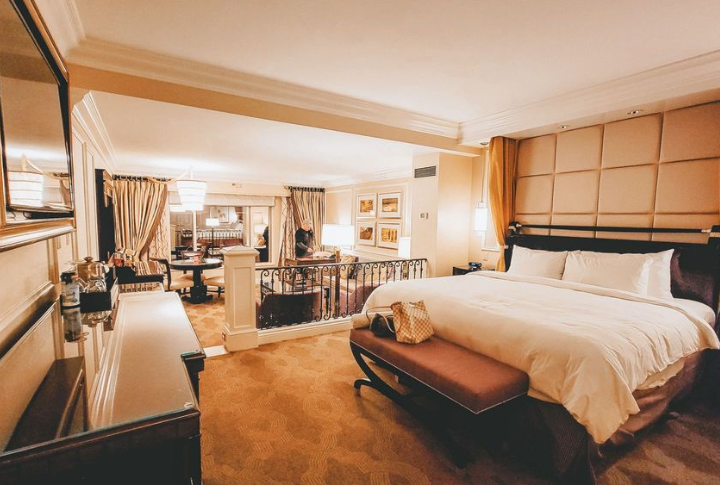
The Venetian pioneered luxury accommodations on the Strip with its all-suite format. Even the smallest rooms measure a whopping 650 square feet, which is almost double the size of average Vegas hotel rooms! Marble bathrooms, sunken living rooms, and premium views come standard.
Convention Center Pioneer
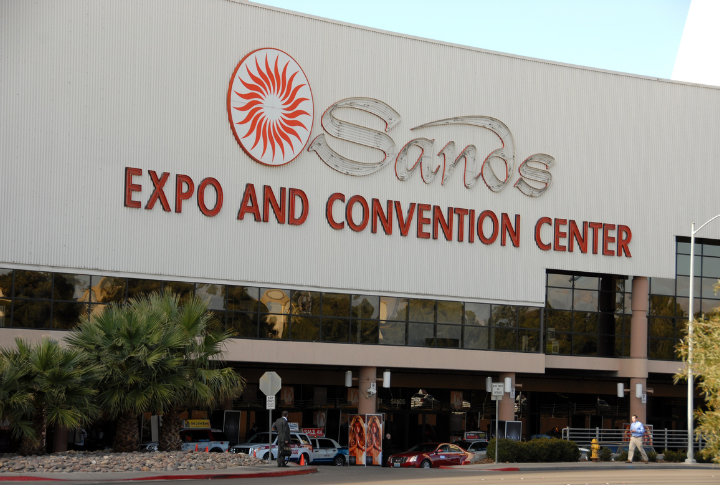
Las Vegas went from a gambling destination to a business hub largely thanks to The Venetian. In 1990, Adelson opened the Sands Expo and Convention Center, the first privately owned and operated convention center in Vegas. This move targeted an entirely new demographic: business travelers.
Rough Beginnings
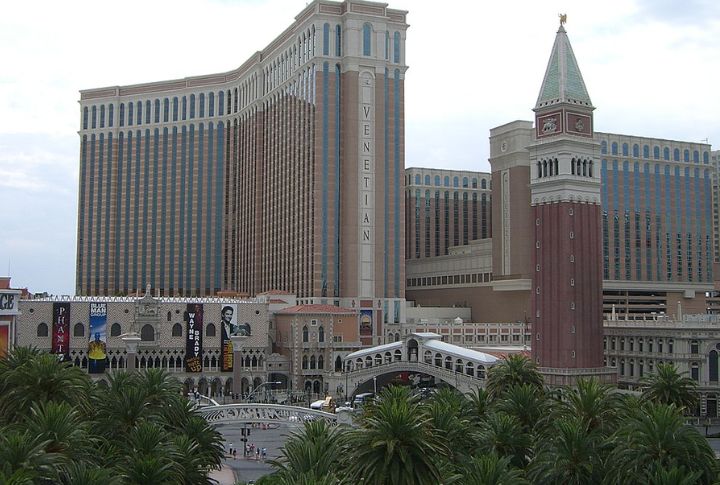
Construction deaths, legal battles, and inspection delays plagued this resort’s opening. Originally scheduled to debut in mid-April 1999, the place finally opened on May 3rd with only partial operations. The Grand Canal Shoppes followed over a month later with just 16 tenants, as reported.
Honeymoon Inspiration
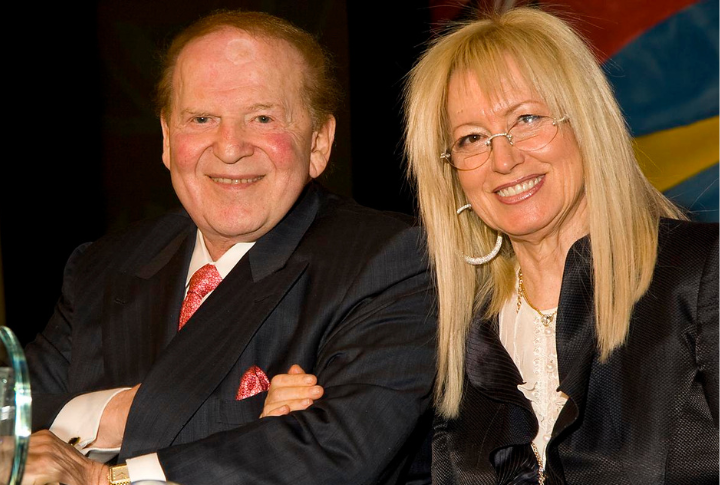
Venice, Italy, captured Sheldon Adelson’s imagination during his 1991 honeymoon with wife Miriam. She suggested recreating the magical city in Las Vegas, and the idea took hold. Architects meticulously researched Venetian designs, importing authentic Botticino marble and Verde St. Denis stone from the Italian Alps.
Union Conflicts

The relationship between Adelson and the Culinary Workers Union was notoriously contentious. At one point, Adelson blamed the union for an anti-Semitic message on his cabana mirror. Legal battles erupted over picketers using the Venetian sidewalk, technically private property but designated for public use.
Guggenheim Connection
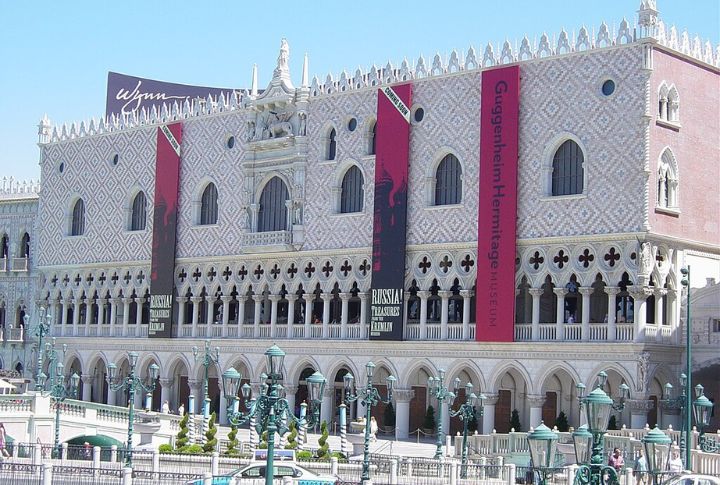
For a brief period, this place housed two Guggenheim museums on its property. The larger space featured “The Art of the Motorcycle,” which lasted barely a year. The smaller Guggenheim Hermitage Museum displayed works by Picasso, Van Gogh, and Monet before closing in 2008.
Grand Canal Shopping Success
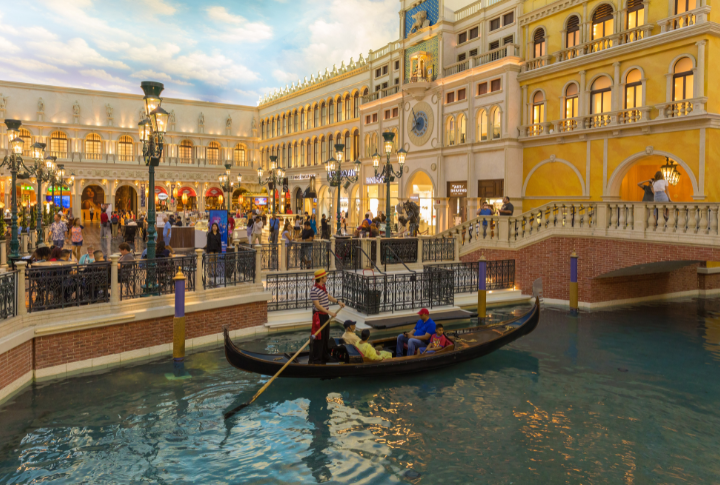
Despite early failures like Act nightclub and WB Stage 16, the mall’s gondola rides and recreated St. Mark’s Square became tourist destinations. Surprisingly, the Venetian sold the shopping center in 2004 for $766 million, using those funds to finance the expansion of the Palazzo.

